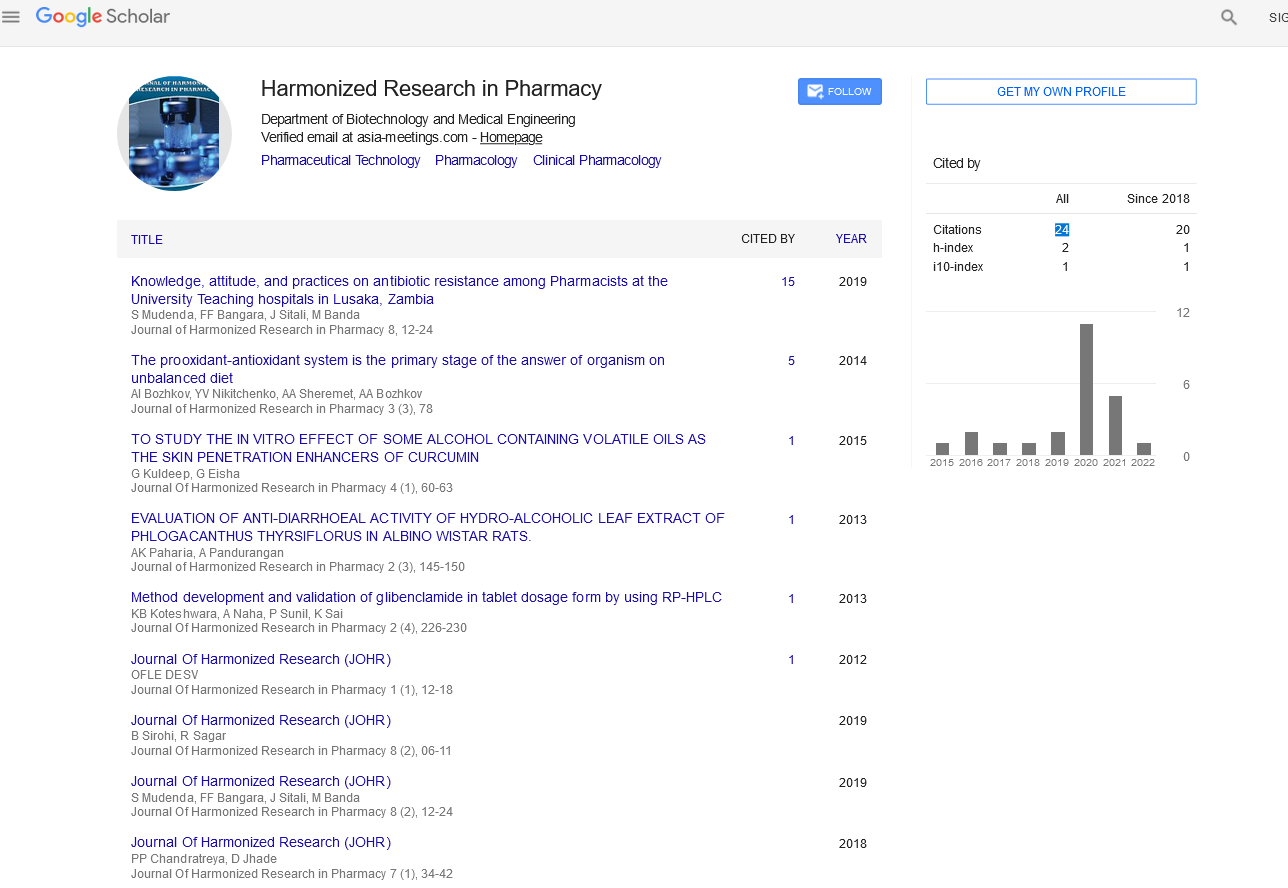Editorial - (2021) Volume 10, Issue 1
BRIEF NOTE ON ANTIOXIDANT ACTIVITY IN HUMAN BODY
William Crawford*Received: Aug 02, 2021
Description
Antioxidants are natural or artificial substances that prevent cells from damage. They are present in fruits and vegetables. They are also available as dietary supplements. Antioxidants are compounds produced on your frame and determined in foods. They guard your cells against unfastened radicals, which are dangerous molecules to the body. When unfastened radicals accumulate in the body, they lead to oxidative stress and when the number of antioxidants is less than free radicals, it leads to oxidative stress.
Antioxidants are molecules that combat loose radicals in your body. They may lead to a couple of illnesses, together with diabetes, coronary heart disease, and cancer. Your body has its very own antioxidant defences to preserve loose radicals in check. However, antioxidants also are observed in meals, specifically in fruits, vegetables, and different plant-based, foods. Several nutrients, along with nutrients E and C, are powerful antioxidants. Antioxidant preservatives additionally play a critical function in meal manufacturing through growing shelf life.
Vitamins C and E, carotenoids, and flavonoids are dietary antioxidants and they are also called chain-breaking antioxidants. They are capable of reacting with unfastened radicals and make them stable. Hence chain-breaking antioxidants play a crucial role in lipid oxidation as they can react with the shaped lipid radicals and convert them into non-radicals and thereby preclude similar decomposition of the lipids. Phenolic compounds with multiple hydroxyl groups are green number one antioxidants because of their capacity to donate H-atoms to unfastened radicals, developing pretty unreactive phenoxyl radicals because of resonance stabilization. Butylated hydroxyanisole (BHA) and butylated hydroxytoluene (BHT) are synthetic phenolic compounds. They are used as preservatives in lipsticks and moisturizers, and other cosmetics. Tocopherol, ascorbic acid, or caffeine acids also are used as chainbreaking antioxidants however; they are much less green in comparison with the artificial ones.
Free radicals are constantly produced in our bodies. They may cause serious harm to the body without antioxidants. Free radicals are used by our immune system to fight against infections. They serve important functions that are essential for human health. The human body needs to maintain a balance of free radicals and antioxidants. Oxidative stress when not cured, can damage DNA and also other molecules in our body. It even leads to cell death. DNA damage increases the risk of cancer, and also it plays a crucial role in the aging process. Environmental factors, stress, and lifestyle promote the excessive formation of free radicals and increase oxidative stress. Antioxidants are essential for the survival of humans. Our body generates antioxidants such as glutathione. They are present in foods of plants and animals origin. Intake of an adequate amount of antioxidants is very crucial. Some non-essential antioxidants are unnecessary for our body, but they are essential for general health. Coffee is the best source of antioxidants. Fish and meat products contain an adequate amount of antioxidants, but to a lesser extent than fruits and vegetables. Antioxidants are used as food additives as they increase the shelf life of foods.
Activities and processes that can lead to oxidative stress are:
• Excessive exercise
• Tissue trauma, due to inflammation and injury
• Consumption of certain foods, especially refined and processed foods, trans fats, artificial sweeteners, and certain dyes and additives
• Smoking
• Environmental pollution
• Radiation
• Exposure to chemicals, such as pesticides and drugs, including chemotherapy
• Industrial solvents
• Ozone
Good sources of antioxidants include:
• Eggplants, Selenium
• Legumes such as black beans or kidney beans, Lutein, Lycopene
• Green and black teas
• Red grapes, Beta-carotene
• Dark chocolate
• Pomegranates

Google Scholar citation report
Citations : 147
Journal of Harmonized Research in Pharmacy received 147 citations as per google scholar report









